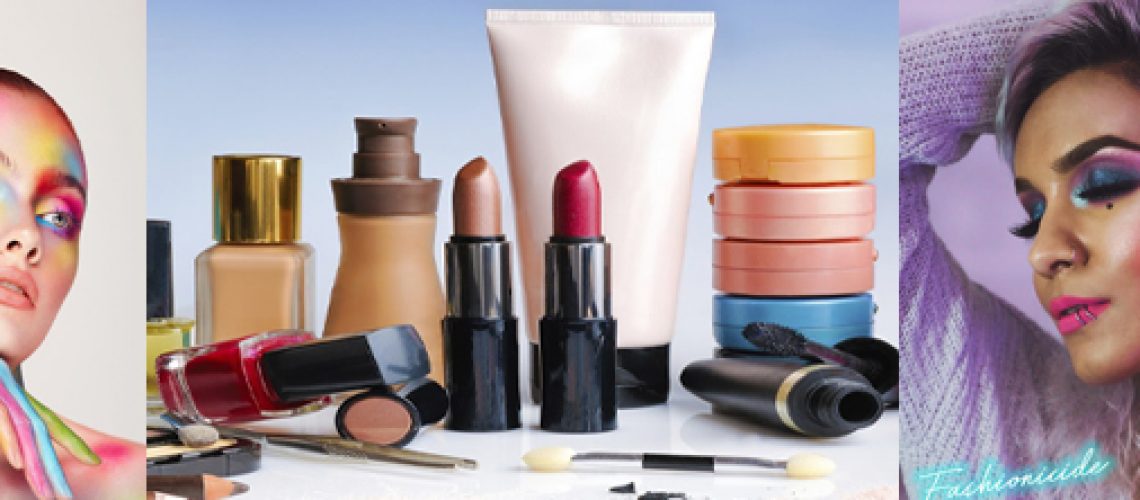Many artists work with brushes, pencils, and paint to tell a story on paper. Others prefer to work with different tools of the trade like clay, chisels, or cloth. But what of instruments like rouge or mascara? While the notion that makeup can be a form of artistry has only recently gained popularity, the use of materials like bronzer, foundation, and eye shadow have been utilized for thousands of years as a way to outwardly express oneself.
The earliest known uses of makeup were nearly 8,000 years ago at the dawn of the Egyptian civilization. Hieroglyphs depict those in high society lining their eyes with kohl and applying a mixture of fat and red ochre to their lips to appeal to the gods’ favor. The Egyptians were even the first to be seen adorning their hands and feet with henna, a way to communicate their spirituality and connection with their religious ties.
Around 600 BCE, Chinese royalty were depicted as covering their faces with fine white powder to distinguish themselves from the lower classes whose skin would be darker from working in the sun. Elizabethian era dignitaries would also lighten their skin but dipped into blushes and pink powder for their cheeks in order to appear lively and healthy compared to their lower-class sickly counterparts.
It wasn’t until Queen Victoria ordained makeup to be vulgar that society began to view coloring your face and skin to be used to cover imperfections or appeal to the opposite sex. In fact, prior to that, makeup was worn by both men and women regularly as a display of wealth, power, and personality.
As the 1970’s dipped into the 80’s and self-expression surged as a core value of America’s youth, makeup once again became an outlet for representation and identity. Now, adorning makeup has gone past that of enhancing ones features and bringing beauty and youth to the face, but also as a way to transform.
Using a face as the canvas, many makeup artists have taken their skills to the next level. Movie make-up, for example, allows artists to turn anyone into an ogre, a cyborg, an alien, or an older version of themselves. The creativity found in combining the use of paint, powder, and prosthetics has allowed for a revolution in the art world.
Make Up History
Makeup Why
The Art of Makeup
Share this post
Share on facebook
Share on twitter
Share on linkedin
Share on pinterest
Share on print
Share on email

